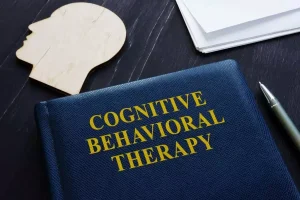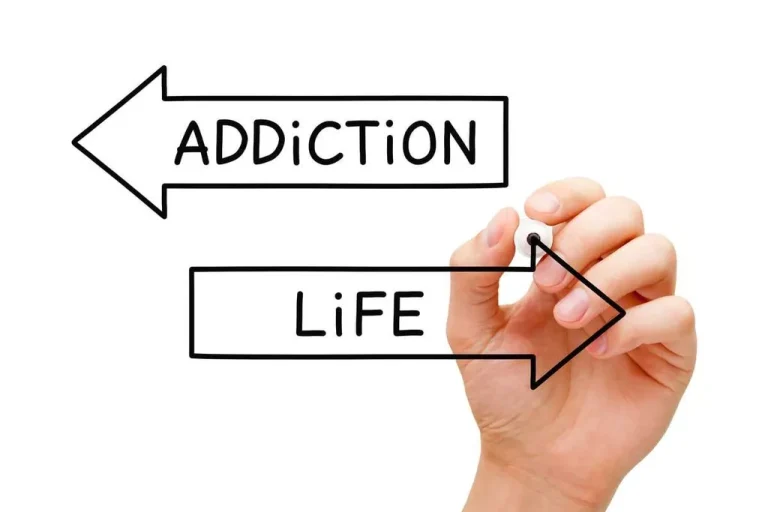
Derogating the victim of injustice could serve both motives better than some other strategies, such as compensating the victim. Note that social comparison mechanisms and consistency reduction mechanisms are both self-enhancement strategies, yet they seem to have little in common. Threat from dissonance cognitive dissonance and addiction rarely has anything to do with the performance of another, i.e., social comparison. Similarly, inconsistency is generally irrelevant to an SEM threat, whereas other’s performance is crucial.

Advances in Experimental Social Psychology
You can also lessen the chances of dissonance beginning in the first place if you practice being mindful, Noulas says. So, for instance, when conflict or tension arises, take the time to pause and think through your situation and your feelings. “The tension that gets created when you hold certain beliefs or values but act in a way that conflicts with your belief systems generates an internal discomfort that most people have to subconsciously work very hard to ignore,” Curry says. Recognizing and reconciling cognitive dissonance is not always a feel-good experience. Spotting dissonance in our own lives can be painful, embarrassing, and anxiety-inducing, too. People recognized the cognitive dissonance and made necessary changes to better align society’s values with our actions.

Dissonance Theory as Innovation
In the laboratory and in the field, we have studied the subtleties and nuances of the dissonance process. It is appropriate that we accelerate the application of dissonance to processes and institutions that can provide real help to people. The theoretical controversy notwithstanding, the hypocrisy paradigm propelled dissonance research into a new era. By invoking memories of the past as the source of potential aversive consequences, cognitive dissonance theory can become the theoretical basis for efforts to change behaviors in a way that is supportive of greater physical and mental health. This provides us with a new perspective on why people change their attitudes following attitude-inconsistent behavior.
THE PRESENT AND FUTURE OF COGNITIVE DISSONANCE: From theory to application and back
Attitude change is the usual mode of dissonance threat reduction; on the other hand, changes in closeness, performance, or relevance are the SEM modes. While it is true that cognitive dissonance causes stress and anxiety it can also provide a reason for you to make personal changes. For those who are battling drug or alcohol addiction, cognitive dissonance is used as a coping mechanism.
- Inconsistent cognitions interfere with our action tendencies and create a negative emotion, motivating us to rid ourselves of the inconsistency.
- In Festinger’s view, the influential factors that affected people’s lives were dynamic.
- For instance, if we have an addiction, are continually feeling guilt or shame, or are experiencing problems at work, school, or in relationships due to our cognitive dissonance, it’s probably wise to reach out for help.
- For example, maybe we’re trying to be smart with our money and build up our savings, but continue to spend wildly.
- Only when they are ready can they possibly have a chance to see the cognitive dissonance for what it is and the damage their addiction has caused.
- In the New Look perspective, the arousal state is not caused by inconsistency, but rather by the perception of having been responsible for bringing about an aversive event (Scher & Cooper, 1989).
- This paper examines the origins of the theory and the controversies it engendered.
- In my view, these studies are interesting because they provided a link between theoretical issues that we have studied in the laboratory and real-world practices that can improve lives.
- Within social psychology, the study made clear that dissonance theory was not the same as previous balance theories.
- It initiated a flurry of studies by researchers who supported reinforcement incentive theories aimed at showing that the result was a mistake.
- Ultimately, avoiding, delegitimizing, and limiting the impact of cognitive dissonance prevents us from acknowledging our behavior and taking steps to resolve the dissonance.
The New Look model also makes children’s learning of dissonance a more plausible aspect of normal development. I don’t promise to fix things, instead I engage the veteran in problem-solving. I offer to team up with the veteran in this process, and I promise my best efforts but not outcomes.
Cognitive Dissonance and the Discomfort of Holding Conflicting Beliefs
Carrie’s strengths include trauma informed care counseling, genuine compassion for all residents. The client’s repeatedly express how amazed they are at Carrie’s listening skills and non-judgemental attitude, which allows them to develop trust, honesty and openness to discuss their SUD. Carrie’s focus is on leading the client to a future where they feel confident and have the ability to make the necessary changes in their life. We are dedicated to transforming the despair of addiction into a purposeful life of confidence, self-respect and happiness. We want to give recovering addicts the tools to return to the outside world completely substance-free and successful. If you always have a rational explanation for the choices that you are making then cognitive dissonance treatment may be necessary.

The Drive Properties of Dissonance: Reality or Metaphor?

Attending specialized therapy sessions such as psychotherapy or cognitive behavioral therapy can help individuals who struggle with cognitive dissonance work through emotional difficulties and disruptive or negative thoughts. Your psychologist or licensed professional counselor can help you understand your thought process, identify where the feelings are coming from, as well as find ways to change your bias, reduce conflicting beliefs or add new ones. Vicarious hypocrisy raises an exciting new possibility for translating dissonance theory from experimental research to real-life application that would help people work to improve their health. The irony is that people generally agree with pro-health behaviors, but fail to have sufficient motivation to do them. The smoker wants to quit, the obese person wants to exercise and diet, the sunbather wants to be protected from skin cancer.
